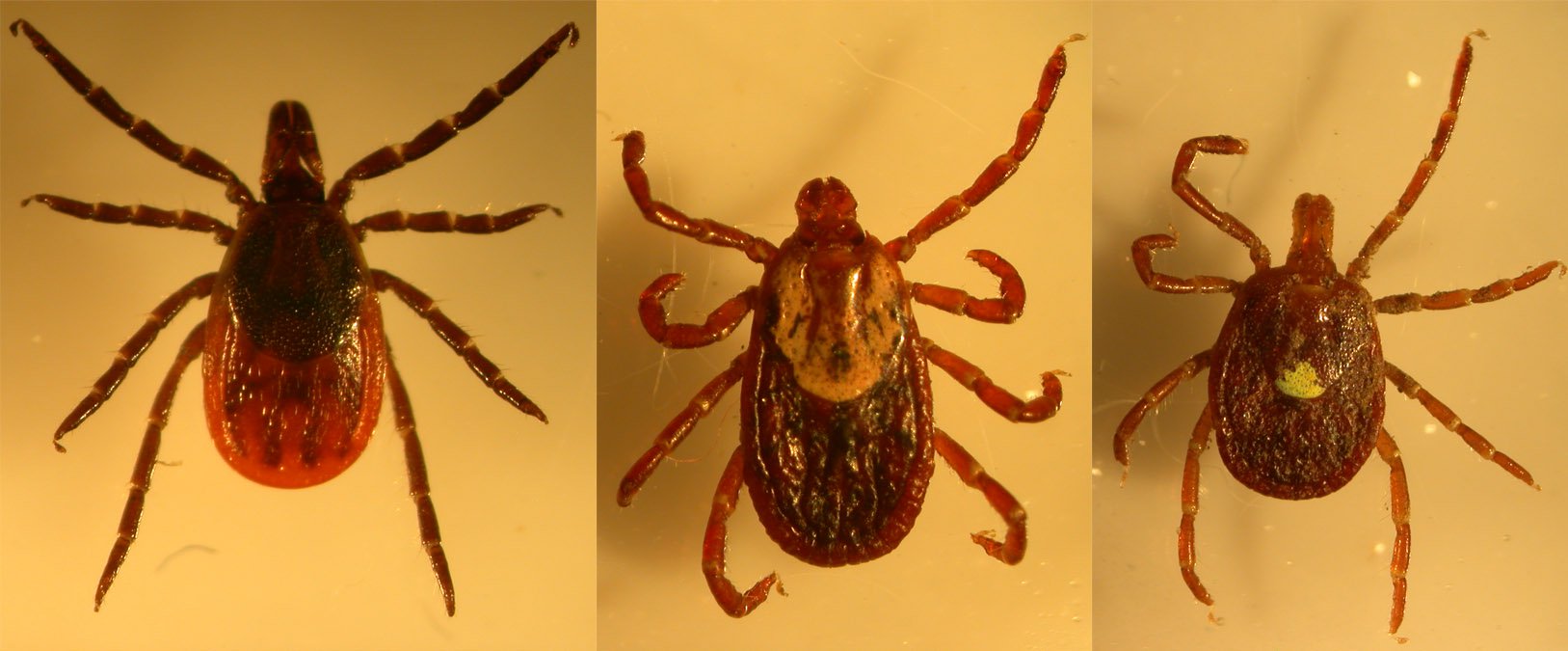Not just Lyme: 22% of blacklegged ticks collected on Long Island carry multiple pathogens
Researchers collected three species of ticks from multiple locations in Suffolk County, Long Island, and identified a high prevalence of polymicrobial infections capable of causing human disease.
More than half of Ixodes scapularis — or blacklegged — ticks carried Borrelia burgdorferi, which causes Lyme disease, and almost a quarter were infected with more than one pathogen. Researchers also found that the lone star tick, an aggressive species more commonly found in the South, had expanded its range in the county.
“In New York State, the Ixodes ticks have steadily moved north along the Hudson Valley. The most impressive invasion has been that of the lone star tick, Amblyomma americanum, whose expansion northward has been documented in several studies, including ours in Long Island,” Jorge L. Benach, PhD, Distinguished Toll Professor of Molecular Genetics and Microbiology and Pathology in the Renaissance School of Medicine at Stony Brook University, told Infectious Disease News.
“That the expansion has followed a northward trend indicates that these regions are now better suited to support the establishment and growth of a historically southern species. Clearly, climate change is the most compelling, but unproven, reason for the expansion of these ticks. However, there may be other factors playing into these environmental phenomena that we are not aware of.”

Benach and colleagues reviewed a total of 1,633 individual ticks for the presence of 12 separate microbes. B. burgdorferi was present in 57% of I. scapularis ticks.
“This tick can transmit other pathogens simultaneously,” Benach explained. “Babesia microti is a hemoprotozoa that infects red blood cells, Anaplasma phagocytophilum is a bacterium that infects neutrophils, Borrelia miyamoto is another spirochete that was recently discovered, and Powassan virus is a neurotropic agent.”
In 63% of I. scapularis ticks, at least one agent was detected. The most prevalent pathogens after B. burgdorferi were B. microti and A. phagocytophilum — both at 14% in adults — B. miyamotoi at 3%, and Powassan virus at 2%.
The researchers detected polymicrobial infections in 22% of I. scapularis ticks, including 9% that were coinfected with B. burgdorferi and B. microti and 7% that were coinfected with B. burgdorferi and A. phagocytophilum.
“The study [also] verified the abundant presence of the lone star tick and the newly introduced Ehrlichia species in 4% of these ticks,” Benach said. “In addition to the pathogens, this study documented the presence of three rickettsia symbionts that appear to be important for the homeostasis of the ticks.”
The prevalence of tick-borne diseases has increased in the United States as well as abroad and polymicrobial infections present “important consequences for the diagnosis and management” of these diseases, according to the researchers.
“The possibility of transmission of more than one pathogen from a single tick bite is an important clinical consideration that needs to be made when evaluating tick-borne illness as some of these organisms are not treated with the same antibiotics,” Benach said. “The role of co-infections in the pathogenesis of these infections in patients needs to be evaluated in terms of disease severity. Likewise, there needs to be awareness of newly introduced pathogens.” – by Marley Ghizzone
Disclosures: The authors report no relevant financial disclosures.
